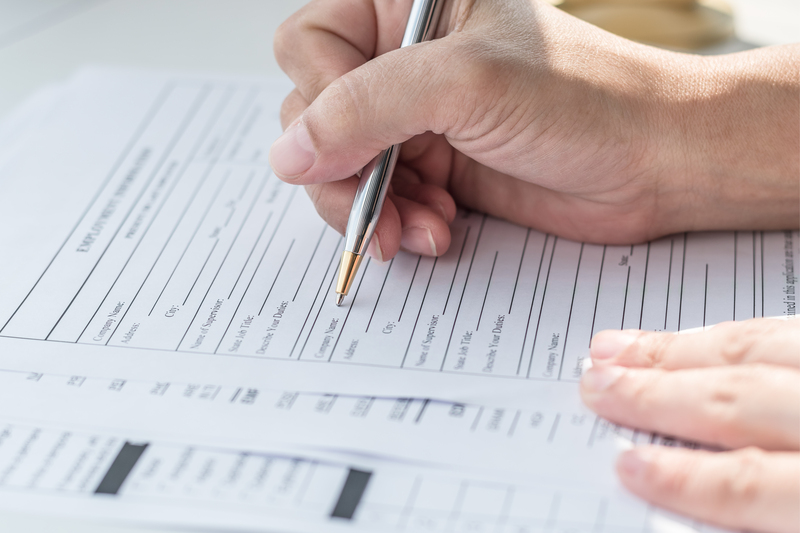How to Reduce, Collect, and Dispose of PPE Safely
Personal Protective Equipment (PPE) has become an indispensable aspect of both healthcare and daily life, especially after the outbreak of COVID-19. Its primary role is to protect individuals from hazardous materials, infectious agents, and other environmental dangers. However, as PPE use has skyrocketed globally, so has the issue of PPE waste management. It is crucial to reduce, collect, and dispose of PPE safely to minimize environmental impact, prevent health hazards, and ensure regulatory compliance.
In this comprehensive guide, we will explore effective strategies on how to reduce PPE usage, methods to collect used PPE efficiently, and best practices for safe disposal of PPE waste. Whether you are managing PPE at home, in the workplace, or as part of a facility's safety protocol, these insights will help you contribute to a safer environment and a sustainable future.
Understanding PPE: Types and Common Uses
Before diving into methods to reduce, properly collect, and dispose of PPE, it is essential to understand what constitutes Personal Protective Equipment. PPE includes:
- Face Masks: Surgical, N95, cloth masks
- Gloves: Disposable latex, nitrile, vinyl gloves
- Gowns and Coveralls: Used in healthcare and industrial settings
- Face Shields and Goggles
- Shoe Covers
- Respirators
PPE is critical for preventing the spread of infection, protecting workers from chemical and biological hazards, and ensuring public health safety. Unfortunately, incorrect disposal of these items can lead to environmental pollution, accidental exposure, and increased landfill waste.

How to Reduce the Use of Personal Protective Equipment
Why Reducing PPE Usage is Crucial
While PPE is unquestionably important, overreliance and improper usage contribute to unnecessary waste. By implementing reduction strategies, individuals and organizations can:
- Lower costs associated with procurement and disposal
- Minimize environmental impact from single-use plastics and materials
- Ensure sufficient supplies in times of crisis
Strategies to Effectively Reduce PPE Usage
- Adopt Reusable PPE: Utilize high-quality reusable masks, gowns, and face shields that can be disinfected and reused multiple times. Always follow manufacturer guidelines for proper cleaning and reuse.
- Implement Administrative Controls: Train staff and families on when PPE is truly necessary versus when alternative protections (like physical distancing, hand hygiene barriers, or remote work) suffice.
- Promote Proper PPE Fit and Use: Educate users on correct donning and doffing procedures to avoid accidental tear and wastage.
- Consolidate Tasks: Limit unnecessary exposure by planning activities to minimize personnel and frequency of PPE use, especially in healthcare or laboratory settings.
By taking proactive steps to reduce unnecessary PPE consumption, organizations can dramatically lower PPE-related waste generation at the source.
PPE Waste Collection: Best Practices
Designated Collection Points and Bins
Effective PPE waste management begins immediately after use. To collect used PPE safely, implement the following practices:
- Install clearly labeled dedicated PPE bins at entry/exit points, changing stations, and high-traffic areas.
- Separate contaminated from non-contaminated waste: Use different colored bags or containers for PPE that has been exposed to infectious agents versus routine use PPE (such as masks from the public).
- Ensure bins have lids and are constructed of puncture-resistant material to avoid accidental exposure.
- Change bins regularly to prevent overflow and contamination.
Personal Responsibility and Safe Handling
- Avoid touching used PPE directly. Always handle waste by the straps or non-contaminated areas.
- Perform hand hygiene immediately after discarding PPE.
- Never leave used gloves, masks, or gowns in open or public spaces.
Special Procedures for Healthcare and High-Risk Environments
In clinics, hospitals, or laboratories, where PPE may be contaminated with biological agents, strict protocols must be observed:
- Double-bagging of PPE waste prior to removal from clinical areas.
- Label waste as "Infectious" or "Biohazard" where required by law.
- Utilize leak-proof, puncture-resistant containers for sharp or easily fragmented items like face shields or goggles.
How to Dispose of PPE Safely
Environmental Impacts of Improper PPE Disposal
Improper disposal of PPE poses substantial threats to the environment and public health.
- PPE in landfills can take hundreds of years to decompose because most are made from plastics.
- Discarded masks and gloves are increasingly found in oceans, threatening marine life through ingestion or entanglement.
- Contaminated PPE risks spreading infectious diseases if handled incorrectly by sanitation workers or scavengers.
Steps for Safe PPE Disposal at Home
At the individual or household level, follow these steps to dispose of PPE safely:
- Remove PPE carefully: Avoid touching the outer contaminated surface. Dispose of single-use items (such as masks and gloves) immediately after use.
- Seal used PPE in a plastic bag: Tie securely to prevent leakage or exposure. Double-bag if the PPE may be contaminated with biological matter.
- Dispose of sealed bag with household trash: Never put used PPE in recycling bins because they contaminate recyclable waste streams.
- Wash hands thoroughly: After disposing of used PPE, wash your hands with soap and water for at least 20 seconds.
Safe PPE Disposal in Workplaces and Public Facilities
Workplaces, commercial buildings, and public spaces must adopt organizational protocols for PPE waste management:
- Install special PPE waste bins and educate employees/visitors on their use.
- Coordinate with certified medical waste disposal services if there is any risk of contamination.
- Maintain records of PPE waste quantities for regulatory compliance and sustainability tracking.
Disposal of PPE in Healthcare Settings
Hospitals and medical clinics must strictly follow biohazard waste disposal guidelines:
- Use marked biohazard containers: For all disposable PPE items with potential exposure to pathogens.
- Handle and transport sealed waste containers with gloves and PPE to avoid accidents.
- Work with registered medical waste contractors to incinerate or autoclave infectious PPE waste, as appropriate.
PPE Recycling and Sustainable Alternatives
Is PPE Recyclable?
Most traditional PPE (gloves, disposable masks, gowns) cannot be recycled through standard municipal recycling programs because they may be contaminated and are composed of mixed materials. However, specialized recycling initiatives exist for certain types of PPE in industrial settings.
Innovative PPE Recycling Initiatives
- TerraCycle and other organizations offer boxes for collecting and recycling PPE like gloves and masks through specialized processes.
- Hospitals and research labs may partner with waste-to-energy projects or manufacturers to convert plastic-based PPE waste into usable fuel or materials.
If you work in a large facility, investigate local options for PPE recycling--but never place used PPE in standard curbside recycling.
Switching to Sustainable PPE
To further reduce PPE waste, invest in products that are:
- Compostable: Masks and gloves made of plant-based fibers that break down safely under industrial composting.
- Reusable: Face shields, cloth masks, and washable gowns.
- Produced from recycled materials: Some manufacturers now offer PPE made partially or wholly from recycled plastics.
Legal Requirements and Regulatory Guidelines
PPE waste disposal may be regulated by government agencies (such as the EPA, OSHA, CDC, or local health authorities). Key points include:
- Follow government-issued PPE disposal guidance, especially for hospitals and laboratories handling infectious materials.
- Label waste containers properly as 'Infectious', 'Biohazard', or 'PPE waste' where required.
- Maintain documentation of waste transport and final disposal when dealing with large volumes or regulated materials.
Non-compliance can result in fines, closure orders, or criminal liability in the case of illegal dumping or exposure risks.

Community and Social Responsibility in PPE Waste Management
Proper PPE disposal goes beyond personal or workplace safety: it is also a matter of public health and environmental stewardship. Raising awareness, supporting innovations, and participating in community clean-up initiatives play a vital role in addressing this global challenge.
- Educate your network: Share information on safe PPE use and waste management within your community and online.
- Participate in local initiatives: Support PPE recycling and clean-up drives organized by environmental groups.
- Report illegal dumping: Notify authorities if you see PPE waste scattered in public places.
Key Takeaways: Safe PPE Waste Reduction, Collection, and Disposal
- Minimize PPE waste at the source by using reusable and sustainable products whenever possible.
- Collect used PPE safely in dedicated, labeled bins and avoid contamination of other waste streams.
- Dispose of PPE waste according to safety protocols--never place used PPE in recycling, and always bag and seal before adding to trash.
- Explore recycling programs for PPE through specialized channels in your locality or organization.
- Stay compliant with all regulations and guidelines relevant to your sector or location.
Conclusion
With millions of PPE items used globally every day, the combined impact on our environment and health can be significant. By understanding how to reduce, collect, and dispose of PPE safely, you contribute to a healthier planet, safer communities, and a more responsible future. Make informed choices, promote best practices, and encourage others to join you in handling PPE waste responsibly.
Be proactive. Be responsible. Practice safe PPE waste reduction and disposal today!
